
Customer Culture
How FedEx and Other Great Companies Put the Customer First Every Day
Read or listen offline
Amazon KindleRecommendation
Author Michael D. Basch believes the best way to affect employee behavior is to create an organizational culture that is focused around the customer. As advocated by many other experts, he teaches that you have to put the customer first to keep people coming back and remain profitable. While the message is very familiar, Basch’s examples make his book intriguing. He cites case histories from his 10 years as a FedEx founder and his previous eight years at UPS. The examples are apt, since FedEx bends over backward to satisfy customer needs, even if it suffers a short-term loss, and the FedEx story is very compelling. However, other examples citing a small picture frame shop and a dental office seem like unnecessary candles on a well-decorated cake, although they show the strength of valuing customer service in other settings. getAbstract.com relished the inside look at FedEx and UPS, and recommends this nice reminder of customer care principles.
Summary
About the Author
Michael D. Basch was a founding officer of FedEx, where he spent 10 years as Senior Vice President. Before joining FedEx, he spent eight years with UPS in sales, personnel, operations and industrial engineering. After leaving FedEx, he founded and served as president of Service Impact, a firm specializing in advancing the art, science and practice of leadership. He is currently Chief Information Officer of Enalasys Corporation, a company that develops advanced diagnostic technology to improve the quality, comfort and cost of the indoor environment.









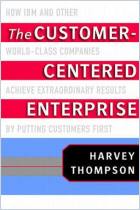
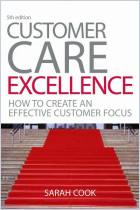
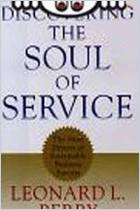
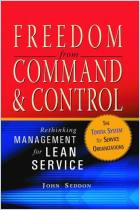
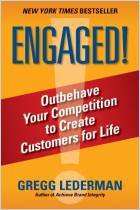
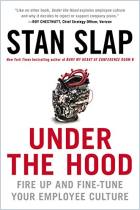







Comment on this summary or Начать обсуждение